The Five C's of Survival
A guide to the five most important resources for wilderness survival
Cutting
|
Combustion
|
Cordage
|
Container
|
Cover
|
The "Five C's of Survival" is an easy way to remember the five most important types of equipment to have with you when you're camping or surviving in the wilderness. The Five C's of Survival are Cutting, Combustion, Cordage, Container, Cover. If you can only carry five items with you in the wilderness, you will probably want to have one of each of these types of items.
You may be able to improvise some of these items from natural materials in the wild, such as Combustion from a friction-fire hand drill, Cordage from jungle vines, or a Container from bamboo segments. The potential for finding supplies in the wilderness will depend on the type of environment you're in, and even there can be highly variable and unreliable. It's a much safer bet to carry supplies with you into the wilderness if possible, especially very important ones like those on the list of the Five C's of Survival.
The Five C's of Survival revolves around the Four Key Components of Survival, which are Fire, Water, Shelter, and Food. The resources you take with you into the wilderness will greatly influence your ability to successfully procure these four components, and your ability to survive and thrive. Life and death can sometimes be separated by a simple piece of equipment. Even if your life isn't on the line, a few basic tools can mean the difference between comfortable living and a hellish existence.
Choosing the right supplies can be daunting and confusing. There are a lot of options, including a lot of bad options. Putting together a properly stocked survival kit can be a complex task that requires experience and knowledge of the outdoors. However, following the Five C's of Survival guideline is a simple and effective method for choosing the most important resources for wilderness survival, and will complete 90% of a survival kit.
Each “C” on this list is a general guide to a TYPE of equipment and each “C” will have multiple versions available. Which version you choose to use will depend upon personal preference and the demands of the specific environment. For example, for your Cutting device will you choose a small pocket knife, multitool, machete, ax, saw, etc.? The key here is to include several different options in your survival kit, so you're not “putting all your eggs in one basket”. Things can break or get lost, and the resources on the list of the Five C's of Survival are so important that it's very smart to carry multiples of each.
Click below to learn about each C of the Five C's of Survival:
• Cutting
• Combustion
• Cordage
• Container
• Cover
Leave A Comment
Add Comment
Wilderness
Survival Gear
Fixed Blade Bushcraft Knife
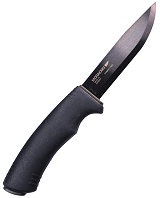
Ferrocerium
Rod Firesteel

550 Paracord
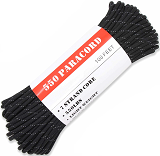
Stainless Steel Canteen
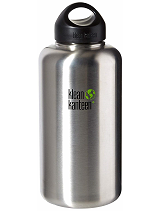
Waterproof
Tarp

Multitool
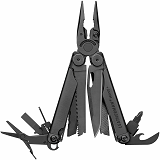
Stormproof Matches
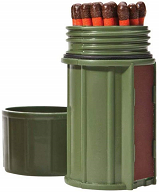
Folding
Hand Saw
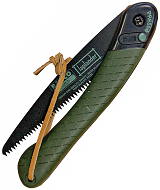
Stainless Steel
Pot
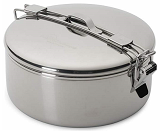
Waterproof
Rain Poncho
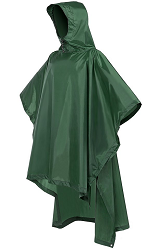
Water
Purification
Tablets

Kukri Machete
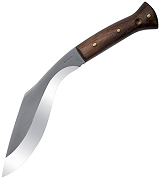
Magnifying
Lens Firestarter

Duct Tape
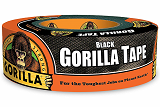
Compass
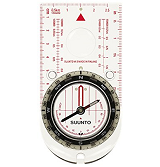
Water Filter

Magnesium
Stick Firestarter
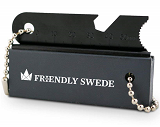
Blade
Sharpener
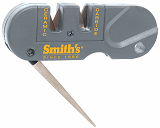
Firestarting
Tinder
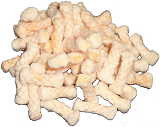
Fishing Kit
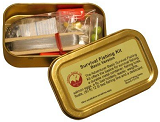

Survival Gear
Fixed Blade Bushcraft Knife

Ferrocerium
Rod Firesteel

550 Paracord

Stainless Steel Canteen

Waterproof
Tarp

Multitool

Stormproof Matches

Folding
Hand Saw

Stainless Steel
Pot

Waterproof
Rain Poncho

Water
Purification
Tablets

Kukri Machete

Magnifying
Lens Firestarter

Duct Tape

Compass

Water Filter

Magnesium
Stick Firestarter

Blade
Sharpener

Firestarting
Tinder

Fishing Kit


Comments (8)
Isn’t the most important thing knowledge? I would think that it isn’t the list of things you bring but the knowledge about how to use them and how to deal with a situation/emergency. The thread is about what to bring with you not what to de when an unexpected situation arise. If you are going to put yourself in the great outdoors you had better start with the knowledge it takes to address any situation with any type of gear. After that, your gear list should reflect your knowledge base.
Just a thought! I think Jim was saying the same thing.
I would add another C, plus a W and an S.
Compass
Whistle
Signal mirror.
All 3 are small and easy to carry in a pocket, or on a string around your neck.
You don't need a whistle or a signal mirror if you have smokef
Short sighted inside the box thinking on your part. If you are moving, and suddenly spot a potential rescue, you think that you have time to stop and build a fire to send smoke signals? In the rain? ROFLMFAO! Go back and rethink before you leap in.
While you are thinking inside your little sand box, let me know how that whistle and mirror work at night in a forest area where helicopter resuce is at work. Insatead of just dissmissing fire/smoke (which works great for a longer term situation) you might want to think about also carrying a few flares (unless you're hung up on items that may add a few ounces of weight to save your life).
I would categorize Whistle and Signal Mirror as another C for Communications ;) and yes I have a whistle and a mirror in my bag.
You can't be sued...and lose that is. Instructions aren't protected under copyright. His book is copyrighted meaning: you can't take his book, put a new cover on it and call it yours. The instructions within his book are NOT covered under copyright law. Instructions are not considered art, nor literary. His worded creativity is copyrighted, so don't plagarize, and you're fine.
Copyright covers: 1. Art and 2. Originals. It must be BOTH! Instructions, DIYs, patterns, (Simplicity Patterns has been fighting a losing battle for decades), craft how tos, home instruction manuals, etc are not copyright protected. (BUT...all diagrams/photos in instruction books ARE copyrighted!)
Now, as I said...the entirety of the book is copyright protected, but the instructions within the book aren't. Even if he came up with the name "five C" system, he would have a tough time claiming rights to renaming something people have been doing for years. Those things arent covered, because it's not literary, nor original, nor would it be considered a novel proprietary, because, again...boyscouts have been doing it for years by another name. Renaming a thing doesn't give you literary license over that thing.
BUT...just to be safe, I would give him credit if he came up with the name "C system," bc he could sue you. Though he would likely lose, you'd be out a lot of money. (Best to give credit for NEW WORDS people come up with as a CYA) But you NEVER have to give credit to other DIY videos etc, or tell where you learn your knowledge.
What you learn from a book, video, training camp, etc, is now YOUR knowledge to do with as you please: keep it to yourself, or pass it on to others. You are NOT required, nor should you really, tell others how you came by your expertise. You could have gotten it from your parents, it's no one's business, and by telling your viewers where you get your knowledge is telling your customers where ELSE to go for business, and that is not required by ANY law.
You could also bring a GPS. Lol keep it basic it's called survival. Smoke is the trick or fire light at night... keep it real. Or bring you're GPS , whistle, compass, bloodhound etc. lol
A gps isn't a bad tool, but it is unreliable, because it needs a battery, that can run out, it's electronic, so it can fail if it gets wet, dropped, or damaged. If you rely on one, you are courting disaster.
I always bring more than enough cordage while out in the bush.
SOL Origin. Easy to carry and a great addition to any survival bag
In my opinion the 5C's, like the Rule of 3 need to be seen as a very good guideline but not the only thing to carry. Michael, you are absolutely right about the extra C W S, but it wouldn't help the mnemonic :)
Cheers for the site!
On Cordage;
I built a lean-to in my backyard and was amazed at the amount of cordage required to lash it together. I learned two things while building this lean-to.
Number one: It's not as easy as it looks and it's a lot of work.
Number two: Carry as much cordage as you comfortably can. You absolutely can not carry more than you can use.
Anyone interested in bushcraft, or learning survival skills should build a shelter in their backyard. Learn these skills before you head into the woods. If you are trimming trees or clearing brush, use these materials to build a natural shelter. If not, go to Walmart and purchase a lightweight tarp. Try setting it up different ways. The experience you gain will be invaluable. One note on tarps: Don't buy the cheapest ones. The grommets tore out with incredible ease. Step up to at least the mid-priced ones. It will save you a trip back to WM. Also, I recommend the nail type tent stakes. They work great. Finally, let me say that there is much to gain and nothing to lose by building a temporary shelter in your backyard, and you will feel a great sense of satisfaction, sitting under your shelter after building it.